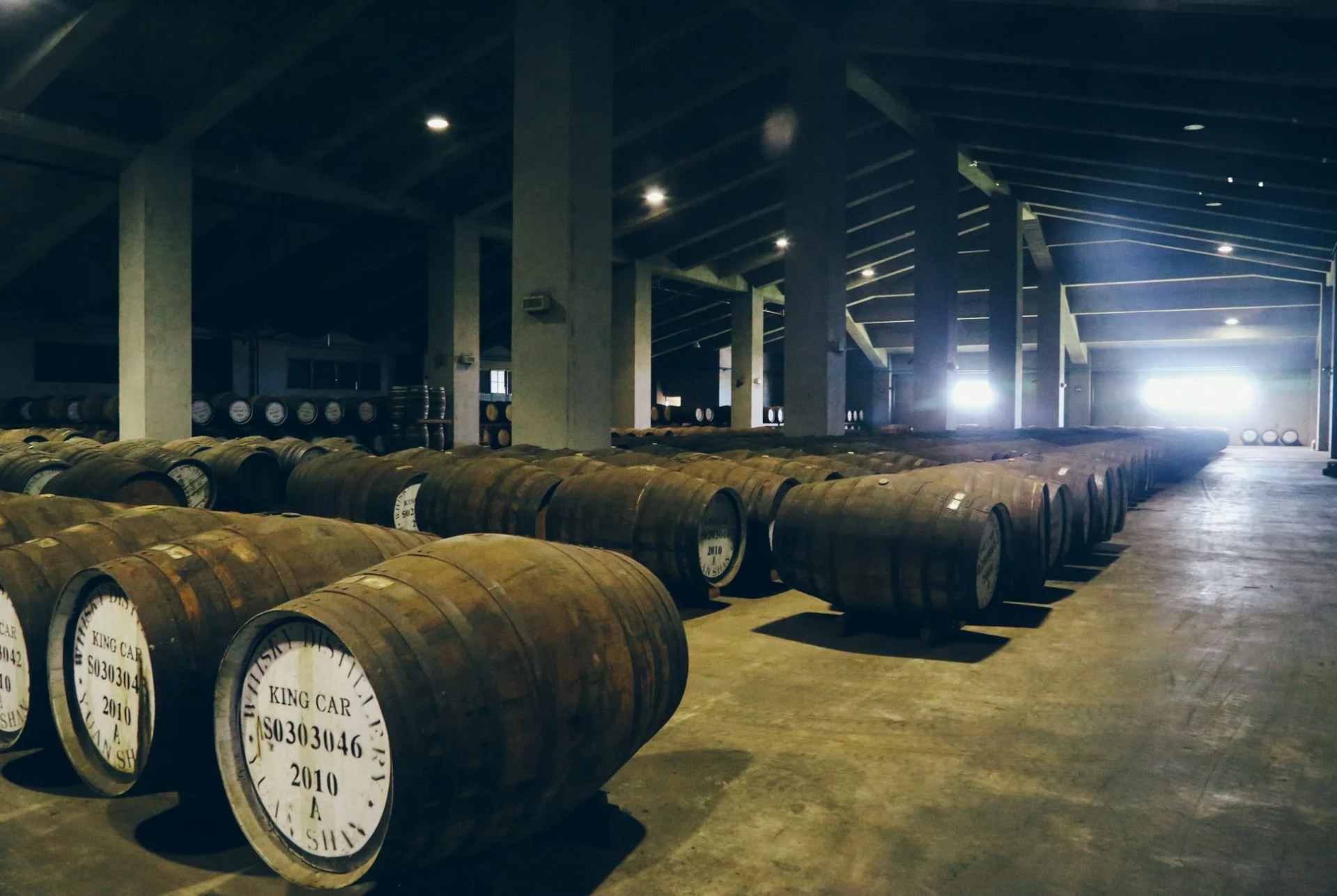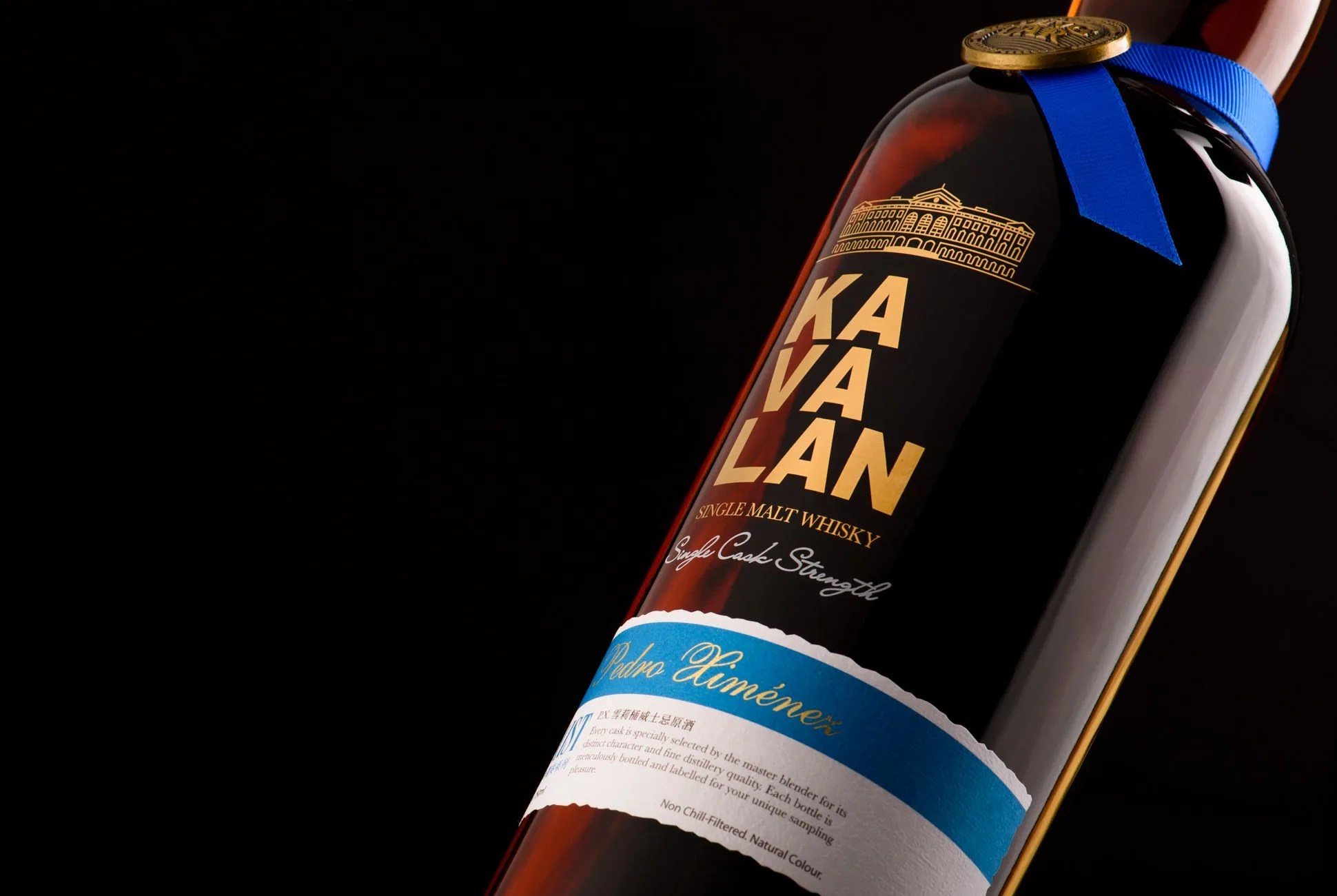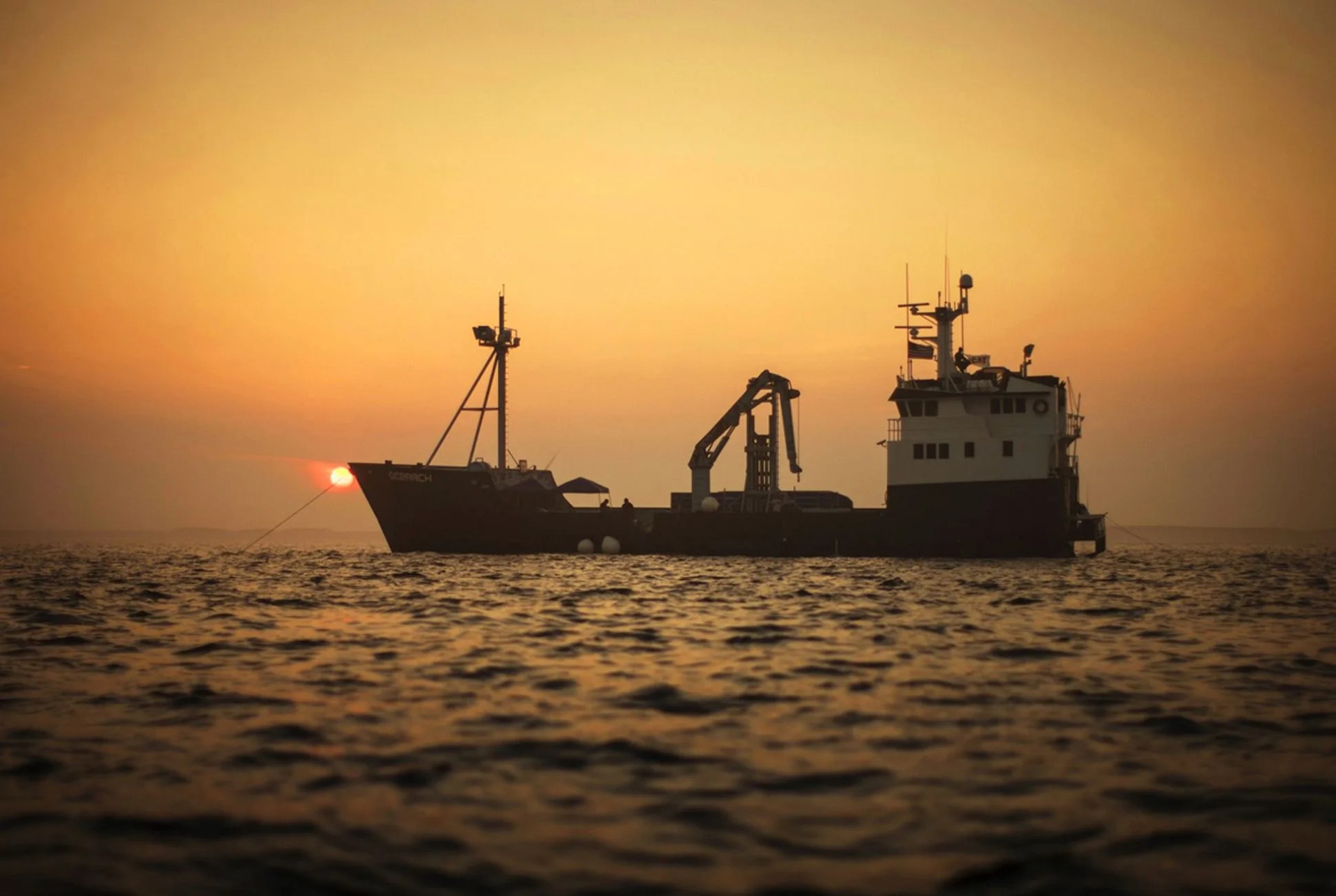Last year, Pappy Van Winkle released 710 bottles of Pappy 25, the label’s oldest expression to date. Suggested retail price was $1,800, but liquor stores sold it for eight times that. Rarity and selling price certainly go hand in hand, but it’s the unprecedented age statement of Pappy 25 that cranked its value sky high. The Pappy 25 yield stemmed from 11 barrels first distilled in 1989. Of course, 11 barrels isn’t much in the grand scheme of things. But barrels take up space, and space costs money, and more time spent aging means more liquid lost to angel’s share.
As demand for whiskey increases worldwide, producers are finding it difficult to justify holding on to barrels long enough to make age a selling point. Consequently, no-age-statement (NAS) whiskies are on the rise. “If a distillery chooses not to list an age then it is most likely bottled at an age under ten years,” says Jonathan Goldstein of New York’s Park Avenue Liquor Shop. Confounding age with quality, most consumers are often unwilling to invest in whiskies with single-digit age statements.
“NAS products are very important to whiskey producers,” Goldstein adds. “The market for brown goods with any sort of age statement has been booming for several years, and demand has stripped supply. Distillers are playing catch-up.” Production has increased, but it will still be years before the contents of those barrels funnel into bottles and make their way onto shelves. In the meantime, Goldstein says, distilleries are maintaining a steady output by releasing young, blended expressions — which lack age statements — under colorful names, like Talisker Storm.
The perceived relationship between age and quality is further muddled by regional climate. While Scotch whiskies can stay in a barrel for 20+ years and remain balanced, Bourbon tends to peak after just over a decade. Warmer climates accelerate maturation: a whiskey aged a year in Bourbon County shares the same chemical compounds as a whiskey aged two or three years in Scotland. Look to a subtropical climate, and the rate of maturation increases fourfold. Some of today’s most exciting and most decorated whiskies, then, are being made in areas not traditionally known for making spirits of quality.
In 2006, Kavalan, located in western Taiwan, became the country’s first whiskey distillery when it funneled new make into American oak barrels. Its first bottles were released just two years later, though it wasn’t until 2010 that hype began to build, when Kavalan beat out long-aged legacy Scotches at a Burns Night blind tasting. In 2012, Kavalan’s Solist Fino Sherry Cask expression was named New Whisky of the Year by Jim Murray. Three years later, the distillery’s Vinho Barrique was crowned the world’s best single malt at the World Whiskies Awards, and in the following year, its Solist Amontillado Sherry Single Cask Strength won World’s Best Single Cask Single Malt. None of Kavalan’s award-winning whiskies listed an age statement, and simple math reveals that none were more than a decade old.
While local climate is Kavalan’s greatest advantage, it’s also its most significant hurdle. Taiwan is, on average, 27 degrees Fahrenheit warmer than Scotland, and significantly more humid. The warmer temperatures enable better extraction of wood flavors and tannins, while cooler air from Siberia flows in during the winter months to contract barrel staves, improving oxidation and overall flavor. “Because of this, our aging process works on a different track to the traditional system,” explains Kavalan Master Blender Ian Chang. “That’s why we call it ‘Maturation Redefined.’”


